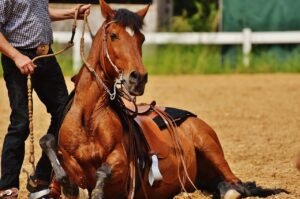Top 9 Rare Horse Breeds: Discovering the Hidden Gems of the Equine World
Horses have been loyal companions to humans for centuries, and through careful breeding and nurturing, various horse breeds have emerged. While many horse breeds are well-known and commonly found around the world, some remain hidden gems of the equine world. These rare horse breeds possess unique characteristics and hold a fascinating history that intrigues equine enthusiasts and breeders alike. In this article, we will explore the captivating world of rare horse breeds, delving into their history, traits, preservation efforts, and much more.
The History of Rare Horse Breeds
The history of rare horse breeds dates back centuries, with each breed having its own compelling origin story. From ancient times to more recent developments, these horses have played significant roles in various cultures and societies. Understanding their history helps us appreciate the value they bring to the equine world and human heritage.

Characteristics and Traits of Rare Horse Breeds
Rare horse breeds stand out due to their exceptional characteristics and traits that set them apart from more common breeds. Their unique physical features, distinct personality traits, and rare colours or markings make them captivating subjects for horse enthusiasts, artists, and photographers.
Top 10 Rare Horse Breeds: Discovering the Hidden Jewels of Equine Diversity
Horses have been companions and partners to humans for centuries, and through selective breeding and geographical isolation, unique horse breeds with extraordinary traits have emerged. While some horse breeds are well-known and widely spread, others remain hidden gems in the equine world. In this article, we will delve into the top 10 rare horse breeds, each with its own captivating history and exceptional characteristics.
1. Akhal-Teke
Country of Origin: Turkmenistan

The Akhal-Teke is one of the oldest and rarest horse breeds in the world, known for its distinctive metallic sheen coat and elegant, slender build. Originating in Turkmenistan, it is often referred to as “the horse from heaven” due to its exceptional endurance and grace. This breed has a deep cultural significance in Turkmenistan and is prized for its beauty and resilience.
2. Caspian Horse
Country of Origin: Iran (Persia)
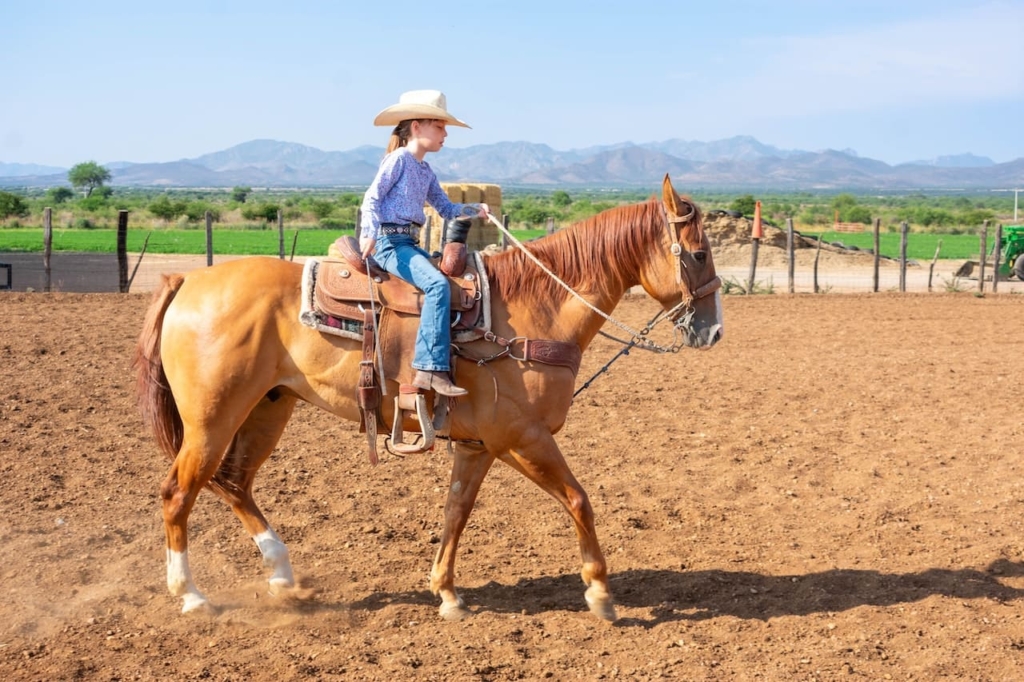
The Caspian horse is a small and ancient breed that once roamed the Caspian region. Considered a living relic, this rare breed was thought to be extinct until its rediscovery in the 1960s. Known for its small stature and gentle nature, the Caspian horse is now protected and cherished for its historical significance.
3. Marwari
Country of Origin: India

The Marwari horse hails from the Marwar region in India and is easily recognizable by its distinctive inward-turning ears. Known for its loyalty and bravery, the Marwari has a rich history dating back to ancient times. This rare breed is a symbol of nobility and grace, often associated with Rajput warriors.
4. Friesian Horse
Country of Origin: Netherlands

The Friesian horse, originating from the Friesland region of the Netherlands, is renowned for its striking black coat and luxurious mane and tail. Historically used as war horses, the Friesian’s powerful yet elegant presence makes it a sought-after breed for both riding and driving.
5. Sorraia
Country of Origin: Portugal

The Sorraia horse is a rare and primitive breed native to the Iberian Peninsula. With its dun colouring and dorsal stripe, the Sorraia resembles the ancient wild horses depicted in prehistoric cave art. This breed’s preservation has become vital to protect the genetic heritage of ancient horse types.
6. Knabstrupper
Country of Origin: Denmark

The Knabstrupper is a Danish breed renowned for its eye-catching spotted coat pattern. Originally bred as a warhorse, the Knabstrupper’s unique appearance and versatile nature have made it a popular choice in various equestrian disciplines.
7. Haflinger
Country of Origin: Austria
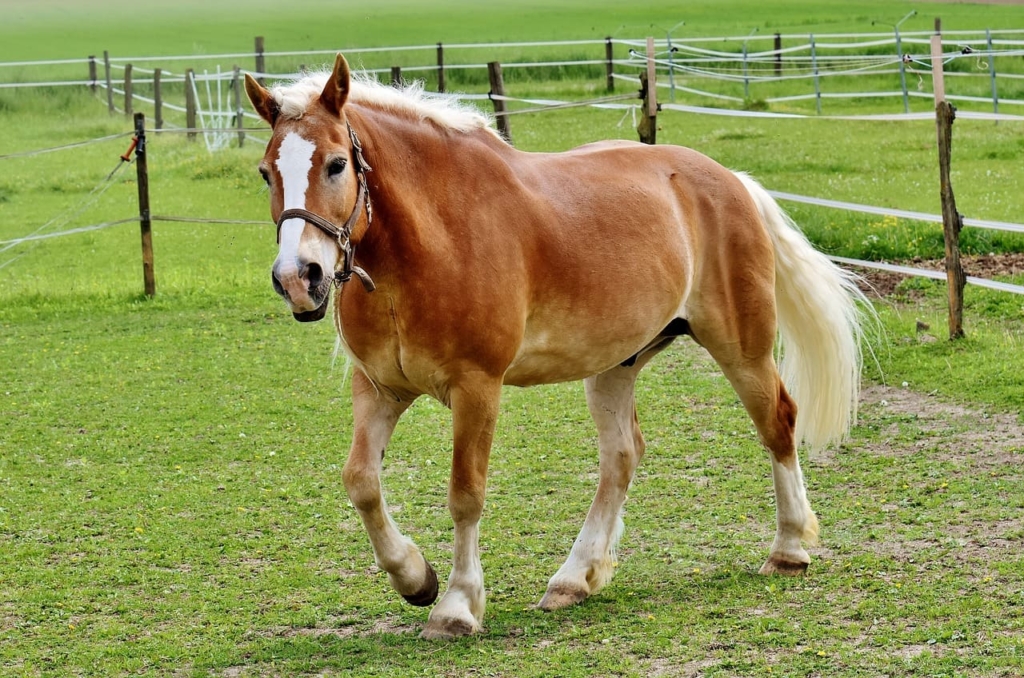
The Haflinger is a compact and hardy breed originating from the South Tyrolean Mountains of Austria and Italy. Known for its striking chestnut coat and gentle temperament, the Haflinger is a popular choice for both riding and driving, particularly in mountainous terrains.
8. Gypsy Vanner
Country of Origin: United Kingdom (UK)

The Gypsy Vanner, also known as the Irish Cob or Tinker Horse, has its origins in the United Kingdom. This breed is easily recognizable by its abundant feathering on the legs and a profuse mane and tail. Traditionally used by Romani travellers, the Gypsy Vanner is now appreciated worldwide for its beauty and versatility.
9. Curly Horse
Country of Origin: United States (US)
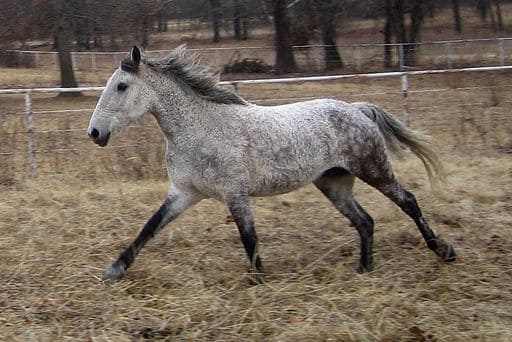
The Curly Horse is a rare breed known for its hypoallergenic qualities, making it ideal for individuals with horse allergies. Native to the United States, this unique breed possesses a curly coat and a gentle and friendly demeanour.
Preservation Efforts and Conservation
As the world changes and urbanizes, rare horse breeds face challenges in their preservation and conservation. We will explore the efforts being made to safeguard these precious breeds and the role of individuals and organizations in ensuring their survival for generations to come.
Breeding and Ownership Considerations
For those interested in breeding and owning rare horse breeds, certain considerations are crucial to maintaining the breed’s integrity and well-being. Responsible breeding practices, understanding their specific requirements, and providing proper care are essential aspects to ensure the breeds thrive.

Exceptional Performers: Rare Breeds in Various Disciplines
While rare, these horse breeds are not to be underestimated. In fact, some have excelled in various equestrian sports and even served as reliable working horses. We will look into the remarkable achievements of these breeds in different disciplines.
Unraveling the Mystery: Uncommon Facts about Rare Horse Breeds
Beyond their unique traits, there are many lesser-known facts and historical stories about these rare horse breeds that add to their allure. Discovering these intriguing tidbits sheds light on their significance in history and their ongoing relevance.
The Allure of Rare Horse Breeds: Why They Capture Hearts Worldwide
The allure of rare horse breeds extends far beyond their rarity. We explore the reasons why these horses capture the hearts of people worldwide, including their aesthetic appeal, prestigious status, and the special bond they foster with their owners.
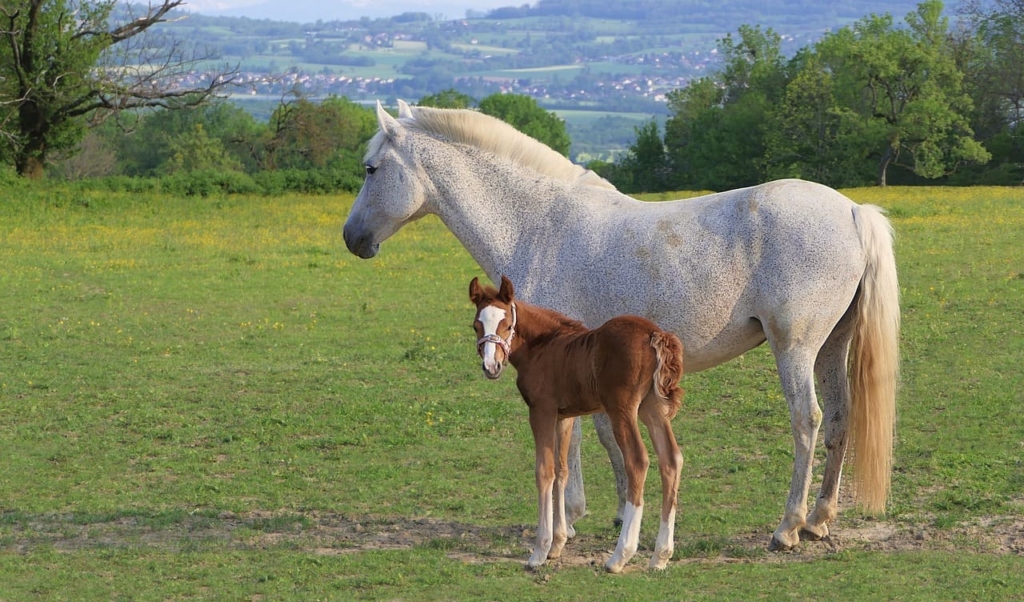
The Future of Rare Horse Breeds: Challenges and Opportunities
Looking ahead, the future of rare horse breeds poses both challenges and opportunities. We will discuss the global impact on these breeds and the importance of balancing tradition and sustainability in their continued existence.
Conclusion:
In conclusion, rare horse breeds are hidden treasures that enrich the equine world with their distinctive characteristics and historical significance. As we continue to cherish and conserve these exceptional animals, their legacy will endure for generations, captivating the hearts of horse enthusiasts and preserving the diversity of the equine world.

Frequently Asked Questions:
-
What makes a horse breed rare?
Rare horse breeds are characterized by their limited population and unique traits that distinguish them from more common breeds.
-
Are rare horse breeds suitable for riding?
Yes, many rare horse breeds are not only suitable for riding but have also excelled in various equestrian disciplines.
-
How can I contribute to the preservation of rare horse breeds?
Supporting organizations dedicated to rare horse breed conservation and responsible breeding practices can make a significant difference.
-
Are rare horse breeds more expensive to own and maintain?
Owning and maintaining rare horse breeds may require additional care and resources due to their specific needs, but the rewards are immeasurable.
-
Where can I find more information about specific rare horse breeds?
There are various equine databases, breed registries, and breed-specific organizations that can provide detailed information about different rare horse breeds.
Recommended:
Low Maintenance Cats: The Perfect Companions for Busy Lifestyles
Why Dogs Cry at Night? Unravelling the Canine Nocturnal Serenade

























